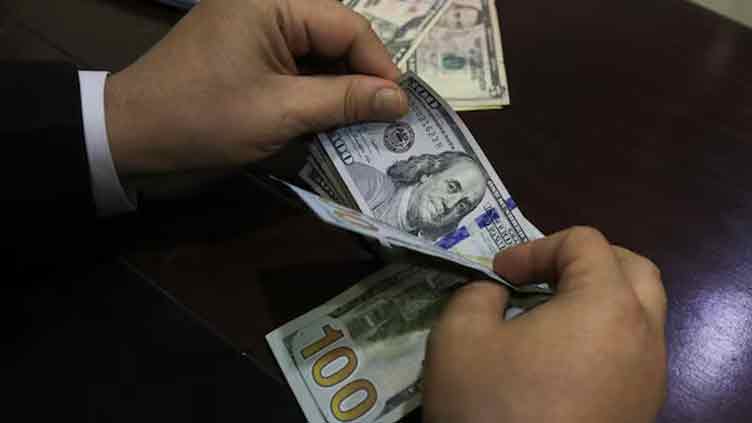Dollar clings to 2-year high as US rates, tariffs in focus

Business
The euro was steady at $1.02475 in early
SINGAPORE (Reuters) - The dollar hung near its highest in more than two years on Tuesday as traders scale back U.S. rate cuts in 2025 after strong economic data, while investor worries about Britain's fiscal health kept frail sterling in the spotlight.
With President-elect Donald Trump set to step back into the White House next week, the focus has been on his policies that analysts expect will boost growth but add to price pressures.
The threat of tariffs along with the Federal Reserve's stated measured approach to rate cuts this year have lifted Treasury yields and the dollar, putting the euro, pound, yen and yuan under pressure.
Prashant Newnaha, a senior Asia-Pacific rates strategist at TD Securities, said the market's focus now appears to be shifting towards the possibility that U.S. tariffs may be raised gradually.
"The decline in the USD overnight to these headlines suggests that tariffs fears have been baked in," said Newnaha, referring to a Bloomberg report that suggested the Trump administration could take a gradual approach to tariffs.
"And should these headlines persist into Trump's inauguration, it's likely to be see UST yields and the USD head lower with U.S. equities turning higher."
The euro was steady at $1.02475 in early trading but hovering near the more than two-year low of $1.0177 it touched on Monday. The yen was at 157.54 per dollar, inching away from the near six-month low it touched last week.
The dollar index , which measures the U.S. currency versus six other units, was 0.16% higher at 109.59, not far from the 26-month high of 110.17 it touched on Monday.
After a blowout jobs report on Friday reinforced support for the U.S. central bank's cautious stance toward further monetary policy easing this year, investor focus will be on the inflation report due on Wednesday.
Traders are pricing in 29 basis points of easing this year, less than the 50 basis points the Fed projected in December, when it jolted the market with its measured approach to rate cuts due to inflation worries.
U.S. Treasury 10-year yields touched a 14-month high of 4.799%, on Monday in choppy trading before pulling back. It was at 4.7717% in early Asian hours.
ING strategists said the combination of a stronger dollar and higher Treasury yields is crowding out financial flows to the rest of the world and is starting to cause problems.
"Using the tariff era of 2018-2019 as a template, we expect the dollar to stay strong all year," they said in a note, adding that most important FX market battleground right now is the dollar/yuan – where the PBOC is still managing to hold the line even as depreciation pressure intensifies.
The People's Bank of China (PBOC) has unveiled a flurry of measures to support its weak currency, plans to park more dollars in Hong Kong to bolster the yuan and to improve capital flows by allowing companies to borrow more overseas.
The offshore yuan was last at 7.3465 per dollar in early trading.
The pound has been in the crosshairs of global currency traders with British markets hit by surging bond yields. While higher yields often support the currency, in Britain analysts expect higher borrowing costs may force the government to rein in spending or raise taxes to meet its fiscal rules, potentially weighing on future growth.
The pound last fetched $1.2211 in early trading after hitting $1.21 on Monday, its lowest since November 2023.
The Australian dollar was 0.13% higher on the day at $0.6184, after hitting its weakest since April 2020 on Monday. The New Zealand dollar rose 0.3% to $0.55995, hovering near the two-year low it hit in the previous session.



